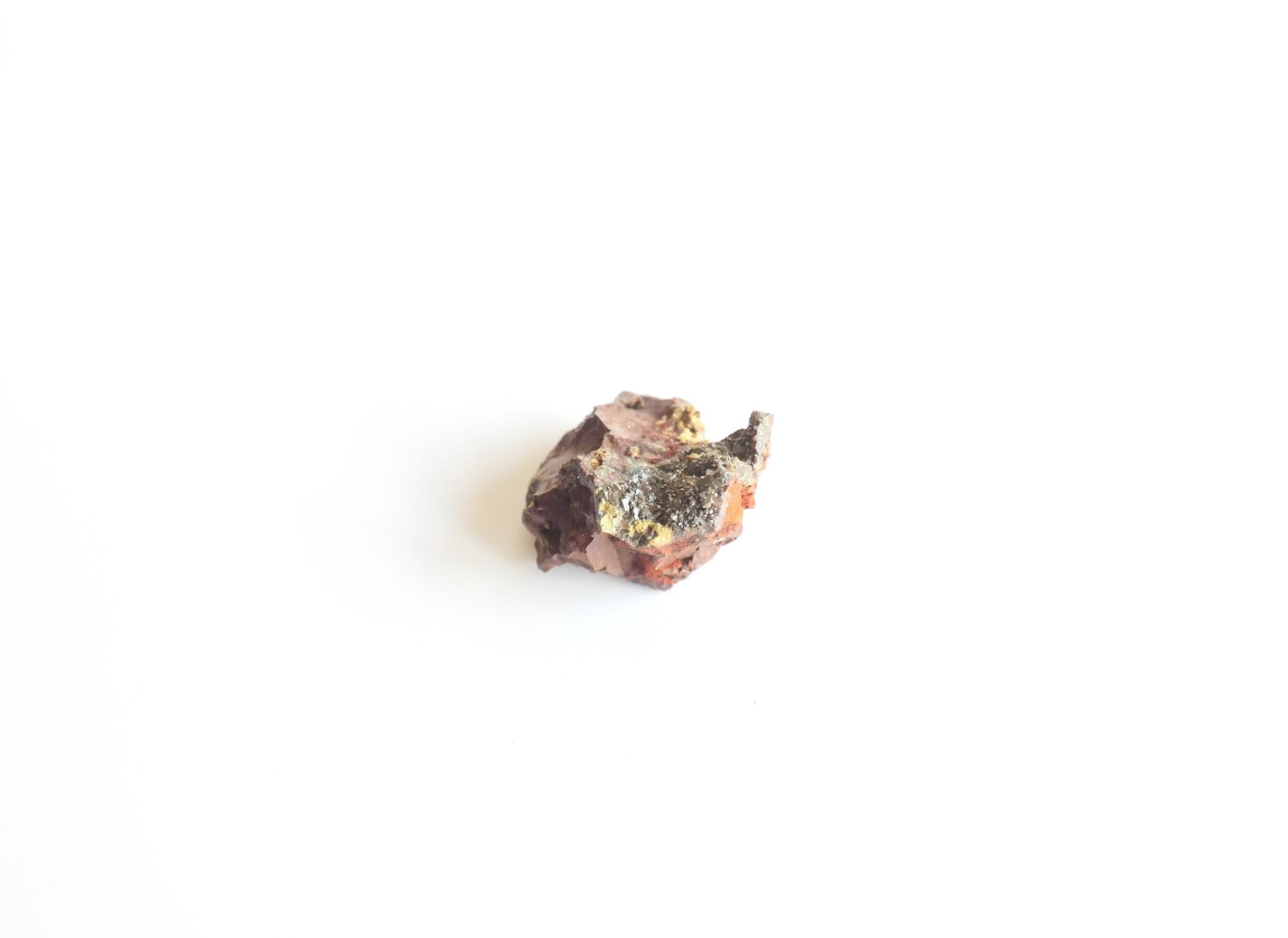
Image Credit: Juergen Schwab/Shutterstock.com
Whilst the discovery of jarosite helped confirm that Mars once possessed surface waters, how the mineral got there was a mystery. The answer could lie deep beneath the surface of the Antarctic ice.
Traces of a mineral rarely found on Earth have been discovered deep within the ice of the Antarctic. The finding could indicate why the mineral is common on the surface of Mars as its formation on Earth could also explain how the mineral takes shape on the Red Planet.
A team of researchers found evidence of jarosite — a yellowy/ brown mineral formed by the oxidation of iron sulfides — in ice cores bored from deep beneath Antarctica's surface ice. In a new paper published in Nature Communications1, the team describe the discovery and explain how it supports the idea that this same material could be common on the surface of Mars.
The team found the jarosite as they were searching ice cores for mineral deposits that can help them investigate Earth's cycle of Ice Ages. As jarosite most commonly turns up on Earth in mining waste when it is exposed to rainwater and moisture in the air, the international team really wasn't expecting it to be found deep beneath the Antarctic ice.
Thus, when the finding was confirmed by electron microscopy and x-ray absorption techniques, it represented something of a surprise for the researchers. Especially, when they realized that its presence could connect it to a discovery made almost two decades ago on the surface of Mars.
Jarosite, Earth, and Mars: A Natural Connection
Finding jarosite in such an unusual location reminded the team of the discovery of jarosite on the surface of Mars in 2004. The mineral was uncovered by NASA's Opportunity Rover in a rocky outcrop at the Meridiani Planum — close to the Red Planet's equator and proved to be even more of a shock.
The finding was one of the first in-situ discoveries to point researchers to the possibility that water once flowed freely on the now arid surface of our close planetary neighbor. Now, it seems the mineral's origins on Mars could well be connected to its natural formation on Earth.
It's pretty obvious that mining activities probably weren't all that common on the surface of Mars in its ancient history, so researchers have had to come up with a more natural explanation for the presence of jarosite on its surface. The need for such an explanation has only grown in the 16 years that have passed since that initial finding as the mineral has now been found to be fairly common on the Martian surface.
Suggestions have included the idea that jarosite could have been left behind when salt waters evaporated, or from the melting of massive blankets of ice that once coated the Martian surface.
Another plausible theory posits that the mineral could have precipitated within paleo-ice deposits on the Red Planet as a result of the weathering of dust trapped within glaciers. One weakness associated with this theory has been the failure to detect such a geological process taking place on Earth. That is until this discovery.
How Jarosite could Form on Earth and Mars
The research team found the jarosite crystals sealed within samples collected 1000 m beneath the Talos Ice Dome in East Antarctica. It marks the first time that it has been found inside glaciers — so-called englacial environments.
They believe that the mineral formed in small ice pockets that also held tiny amounts of dust. Inside the deep ice weathering of this dust by acidic fluids, gave rise to the jarosite.
This could also be similar to the geological process that explains how the mineral formed on Mars. As the Martian ice blanket slowly grew, the team suggest that dust was blown into it, becoming trapped and weathered in a way analogous to how it was sealed and processed in the Antarctic ice.
Whilst supporting this idea, the team's jarosite discovery still leaves questions to be answered with regards to its formation on Mars. For a start, the traces found in Antarctic ice were minuscule compared to the large concentrations and clusters discovered on the Martian surface.
One possible explanation for this disparity, could of course, be the sheer amount of dust found on Mars.
References
- Baccolo. G., Delmonte. B., Niles. P.B., et al, [2021], 'Jarosite formation in deep Antarctic ice provides a window into acidic, water-limited weathering on Mars.,' Nature Communications, [https://doi.org/10.1038/s41467-020-20705-z]
Disclaimer: The views expressed here are those of the author expressed in their private capacity and do not necessarily represent the views of AZoM.com Limited T/A AZoNetwork the owner and operator of this website. This disclaimer forms part of the Terms and conditions of use of this website.